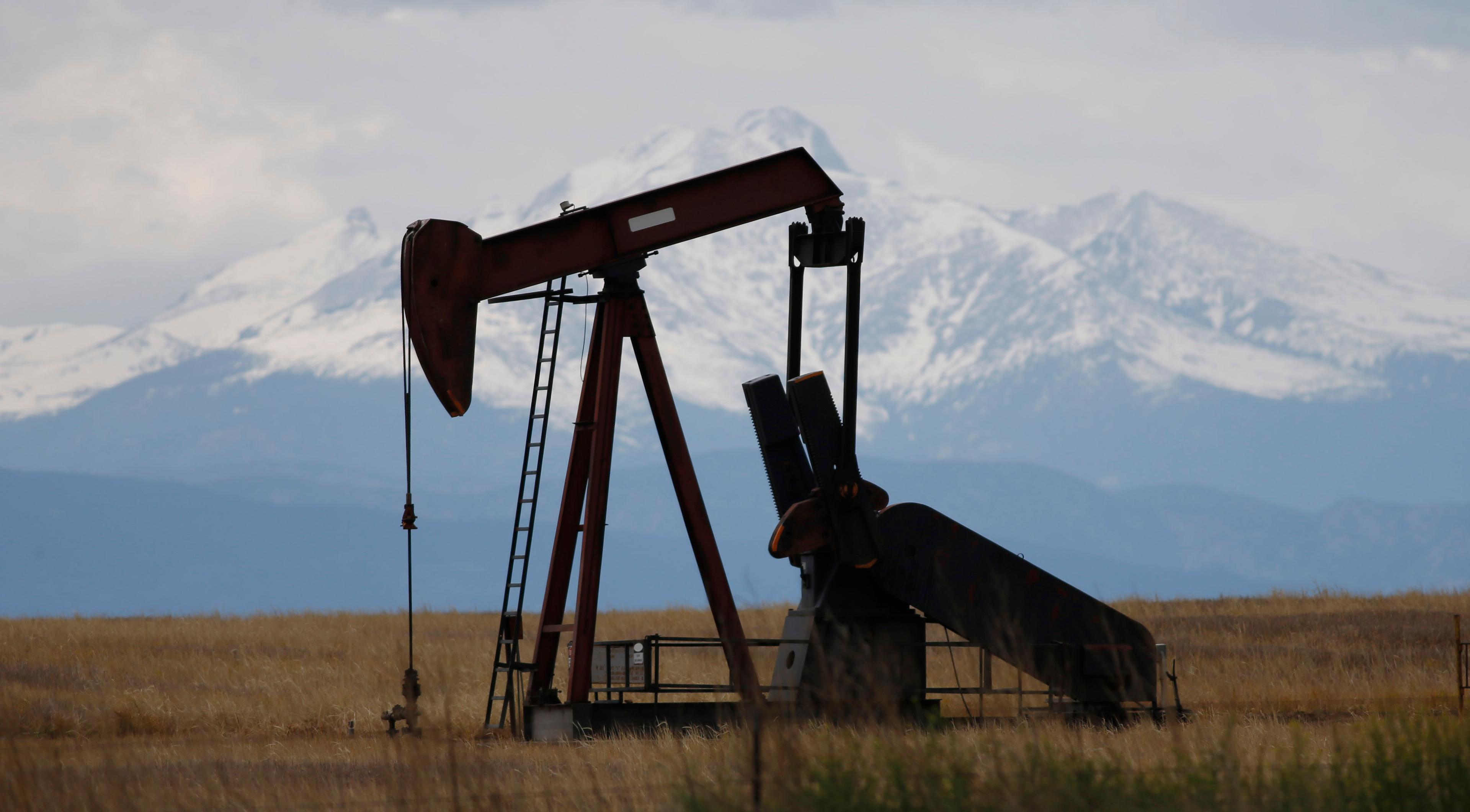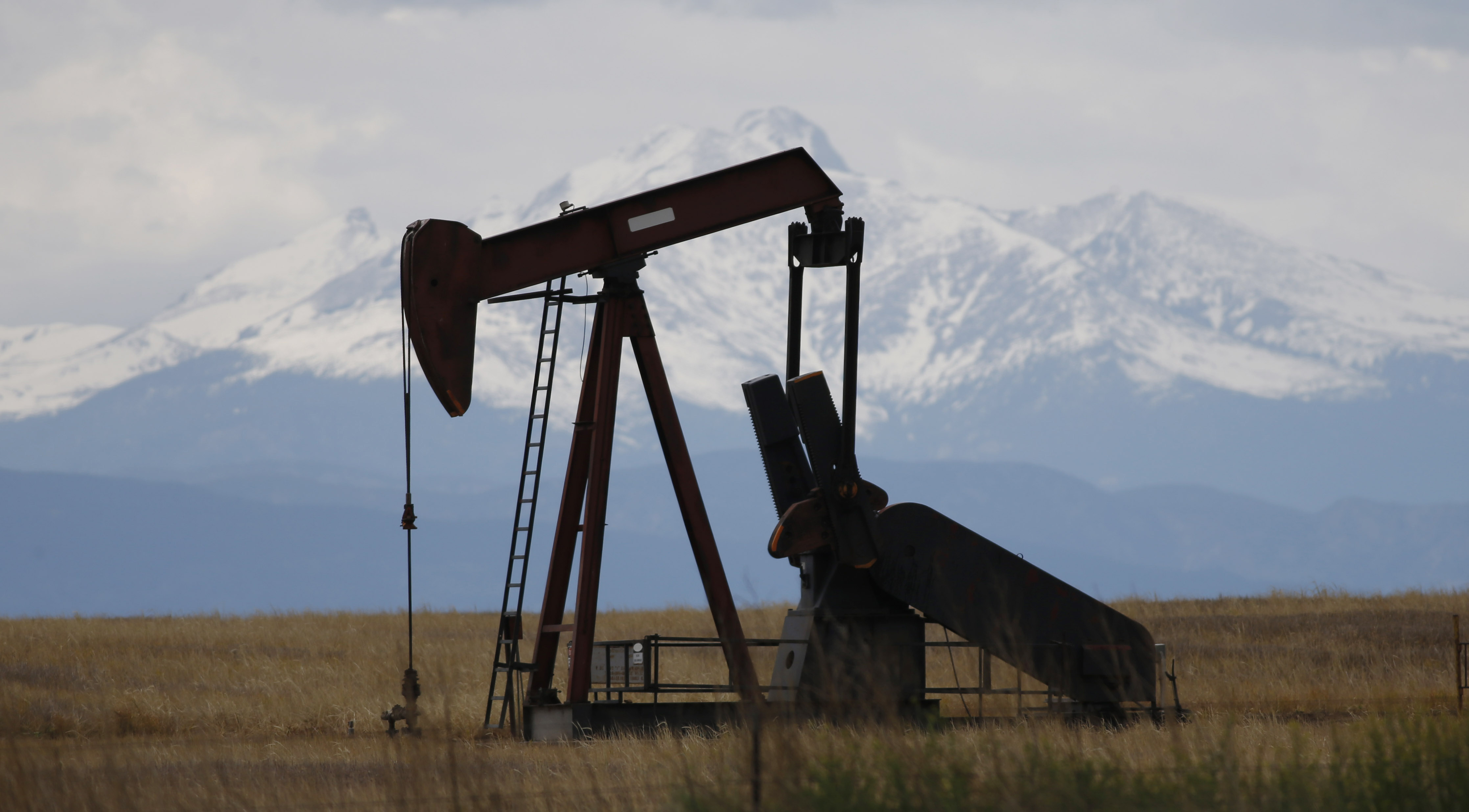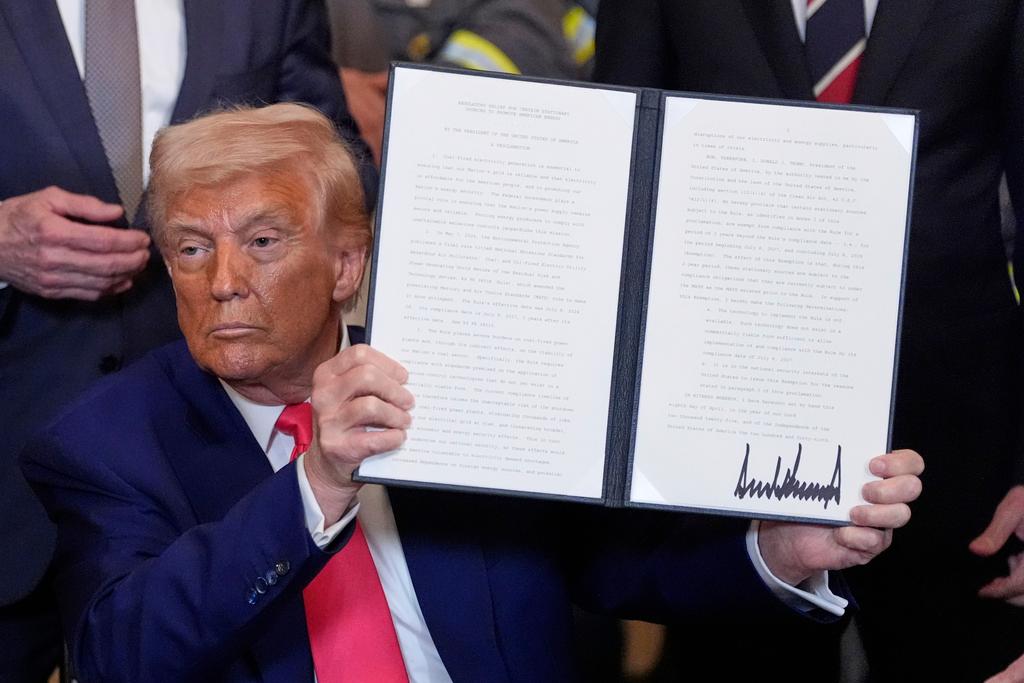

Sixty dollars a barrel is the new $100 a barrel. That’s how efficient oil and gas operators in the U.S. and in Colorado have become. Which explains how they can pump record amounts of oil and gas in Colorado, and still make money even though oil prices never got back to their peak.
Back in the summer of 2014, oil prices hovered at over $100 a barrel. By 2016 prices would fall 72 percent, and oil and gas companies began mass layoffs and scaled back their programs. At the same time drillers embarked on a seismic change in their operations, figuring out how to make money with low prices.
“All the oil and gas producers have been running around for the past four years figuring it out,” says Bernadette Johnson, an analyst with DrillingInfo.
Now that oil prices have risen to their highest point since 2014, drillers are reaping the benefits of those efficiencies.
“The wells are bigger. It's cheaper to drill. We can drill faster than ever," Johnson said. "The rig fleet is very productive."
In fact, drillers are pumping a record 589,777 barrels of oil a day in the Niobrara region, which covers the Front Range up to Wyoming, despite deploying only half the drill rigs used in the last boom.
OPEC, the inter-governmental oil cartel, has limited new supply on the market so stockpiles of crude are falling significantly. It’s unclear how long OPEC’s production cuts will last, but they have been great for U.S. producers’ bottom lines.









